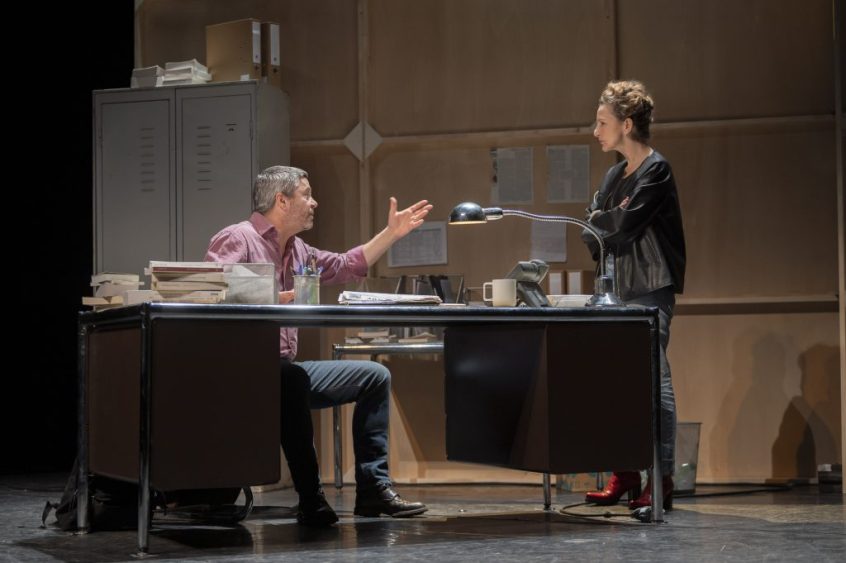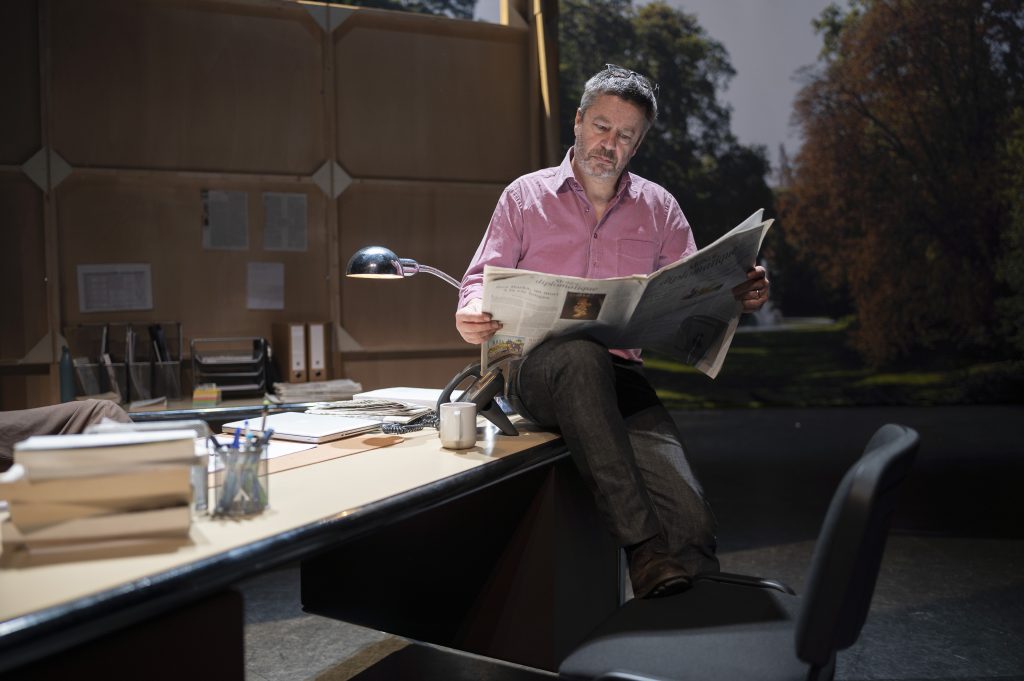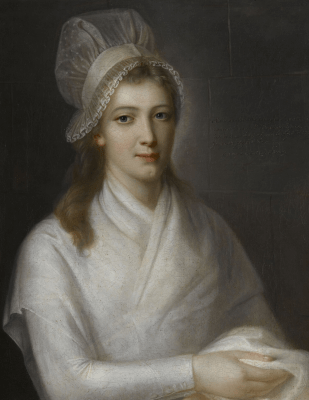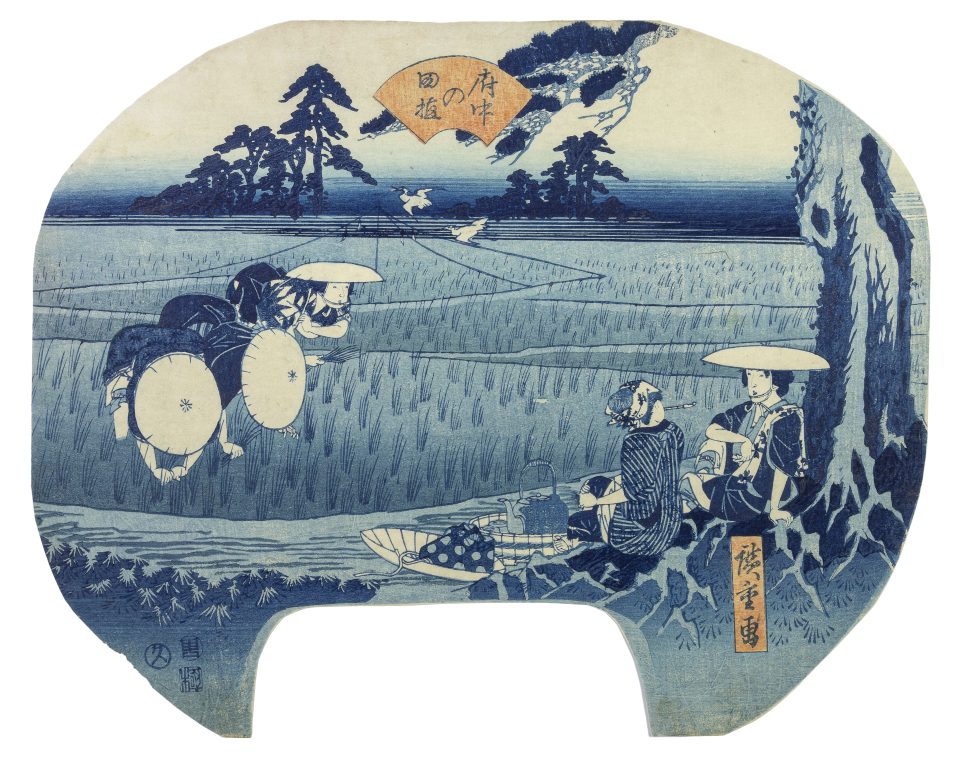“Pour la France” is a film produced by Nicolas Mauvernay, about drama and hope in life. About brotherly love and emigration. It could all seem depressing but it is riveting from beginning to end. It is based on a true story, the death of the director’s brother, Aïssa Saidi, when he was a student at the prestigious St Cyr military school in Brittany after having studied at Sciences Pô and in Taiwan. His Algerian family, who was so proud of his brilliant studies and his social ascension, does not understand how, through a (bizutage) ragging, two weeks after his arrival at the school, he could drown in a lake without being assisted by his colleagues. How the French army could let him die in such a stupid way? The drama is told in a subtle and fascinating tone with very strong actors including the Belgian actress Lubna Azabal, his mother, who is stupendous. It probably will only be distributed in France but do go if you are around.
At Théâtre libre, Thibault de Montalembert, Lison Daniel and Hélène Babu are fantastic in the play “Un président ne devrait pas dire ça” based on the book published at the end of President Hollande’s mandate. The journalist from le Monde whom Hollande receives on Friday once a month at 7 pm, establishes a relationship with the young ambitious Instagrammer (Lison Daniel), who helps him with the book he is writing. In real life, Montalembert is an established comedian while Lison is taking there her first important part on stage. What makes the play interesting is how their relationship develops during the 90 mns of the play. Helen Babu, who plays the impatient editor in chief is excellent as a red headed harpy. As for Hollande’s part it is as uninteresting as the book… Théâtre Libre, “Un Président ne devrait pas dire ca” until April 22
At le Bal, the Mecca of contemporary photography on avenue de Clichy, Joanna Piotrowska shows 32 new photographs and a film. Her pictures portray animals and humans in the “Zoo” of life and concentrate on family relationships. Her series of people hiding under a table or a tent at home is great fun. Le Bal until May 21, 6 impasse de la Défense near place Clichy,
In Versailles on March 8, to celebrate the International Day of Women, there will be special visits of the rooms devoted to the Ladies (queens, princesses, mistresses) of Versailles and a guide book is published of “Women in Versailles”. The trial of Charlotte Corday, Pierre Corneille’s great great great grand daughter, who killed Jean Paul Marat in his bathtub on July 13, 1793, will be reenacted by law students on the 8 th at 6 pm. She was guillotined four days after pleading that she had “killed one man to save one hundred thousand”. Versailles which is presided by a woman, Catherine Pégard, since 2011 is definitely a court where women were very influential. You can book a tour on Women’s portraits and there are also many activities for school children.
At Musée Guimet, the extraordinary collection of the Georges Leskowicz foundation deploys some of Utagawa Hisroshige‘s 650 wood block prints for fans made from 1830 to 1850. A seasonal and ephemeral accessory, the flat bamboo fan (uchiwa) became popular in Japan in the Edo period (1603-1868) and was one form of creative expression for the masters of the ukiyo-e school of Japanese art.
These fans were initially sold in summer by peddlers or on temporary stalls during festivals. From the late 18th century, sellers of woodblock prints and illustrated books also placed Edo fans in their shopfronts, when these accessories began to be signed by famous artists. Since these fans were disposable, few remain. The woodblock prints that have survived (uncut first editions) are those that were never mounted on the fan frame and have been preserved by publishers of woodblock prints or by collectors.
At Musée Guimet until May 29.
Share this Post







